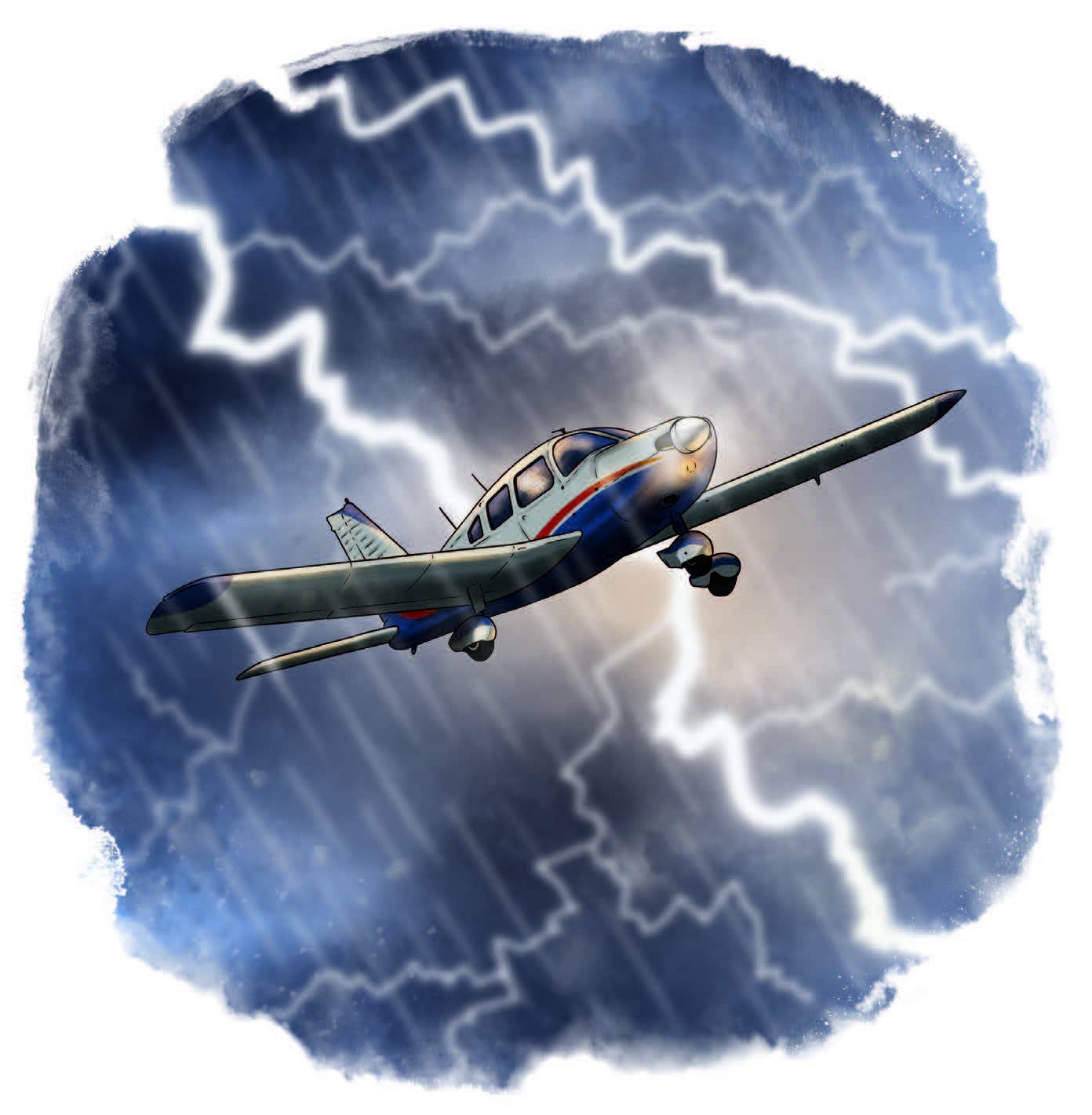
The old wisdom was that a thick airfoil would carry plenty of ice. It's a folk tale based, perhaps, on innumerable stories of DC-3s from the early days of the airlines landing with thick coats of ice. The stories might be true, but the fact that DC-3s had chubby wings does not translate to aeronautical certainty. A recent FAA Special Airworthiness Information Bulletin (click here) warns operators of aircraft certified before 2000 that their stall warning systems might not be as reliable as they think when flying in icy conditions. Later model aircraft were certified with a stronger requirement to test stall-warning systems with critical icing accretions along the entire span of the wing — with the result that modern wings tend to show a stall warning at higher airspeeds than older aircraft. And before 1973, aircraft certified for flight in icing conditions needed only have appropriate de-icing equipment (usually boots) installed — testing in actual icing conditions was not required. Recent reports by pilots of "shudders" during many phases of flight (including cruise, during descent and during landing) led the FAA to admonish pilots that a buffet or shudder should be considered an imminent stall. The FAA wrote: "Do not believe the myth that 'thicker' general aviation airfoils are more tolerant of ice accretion."

Sign-up for newsletters & special offers!
Get the latest FLYING stories & special offers delivered directly to your inbox






